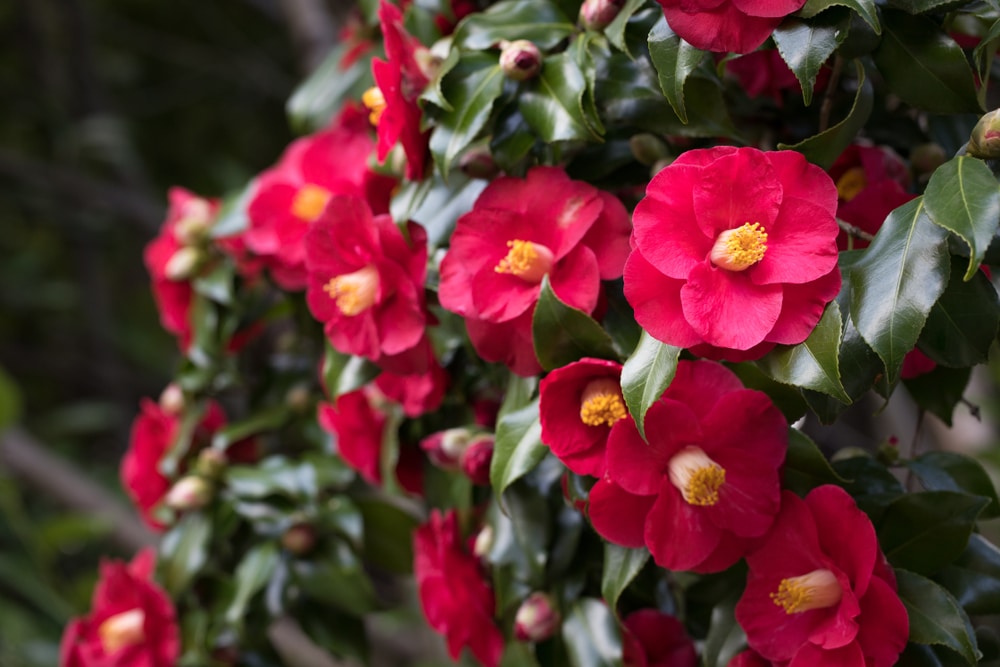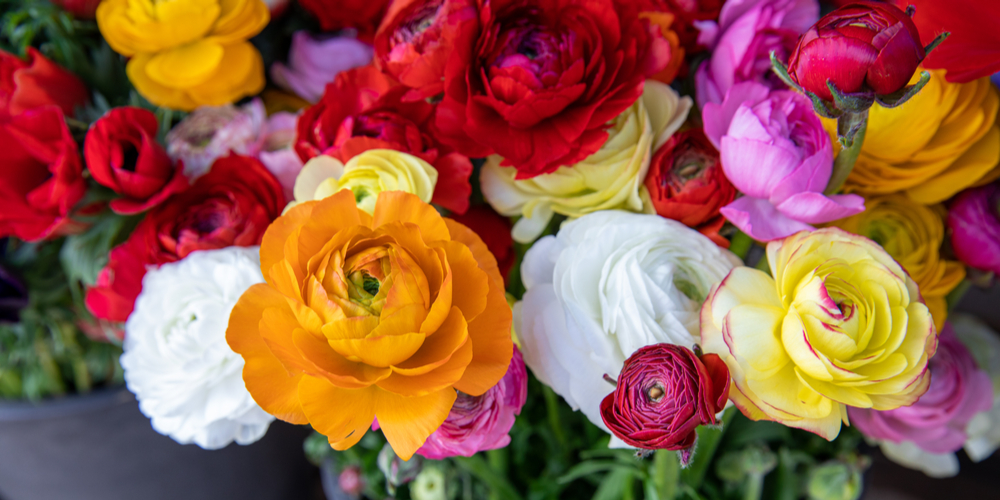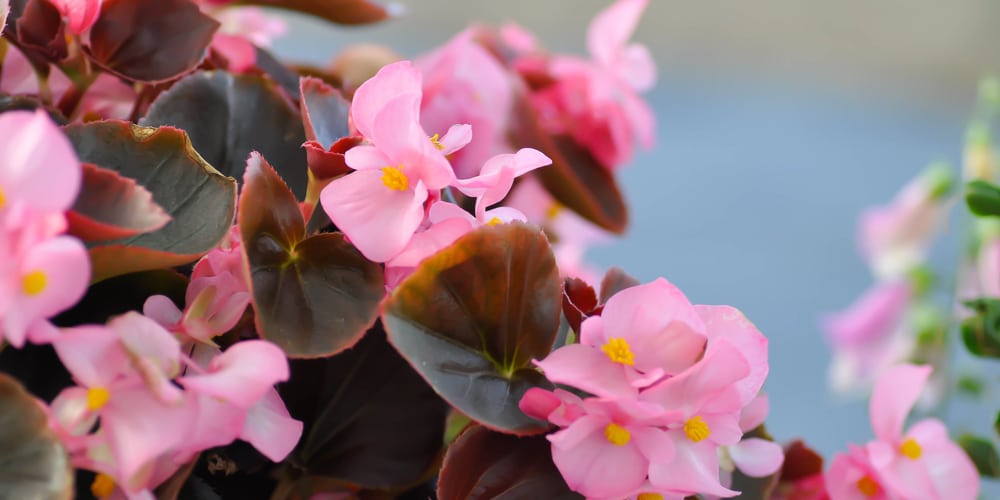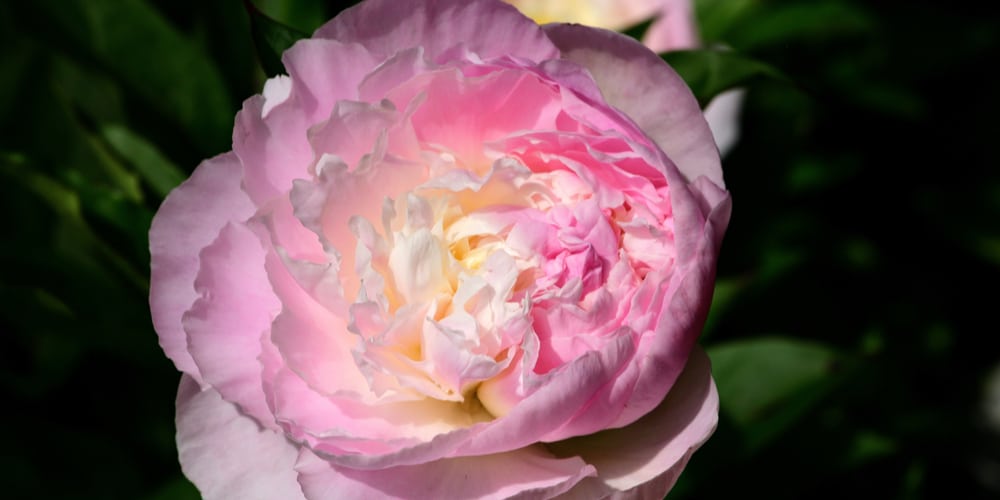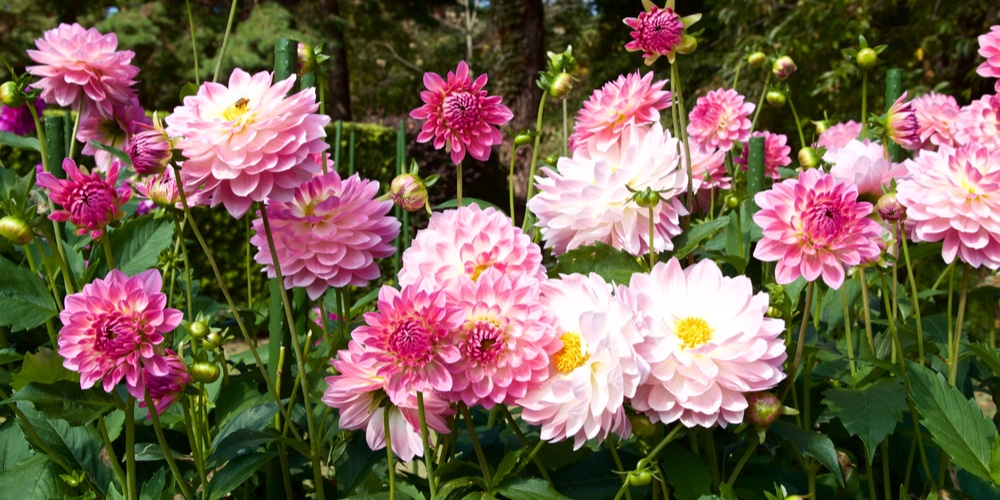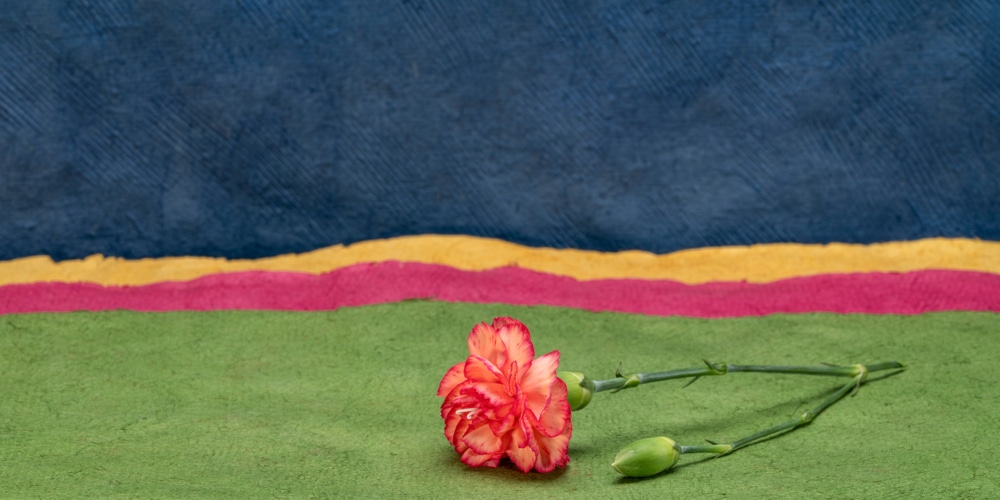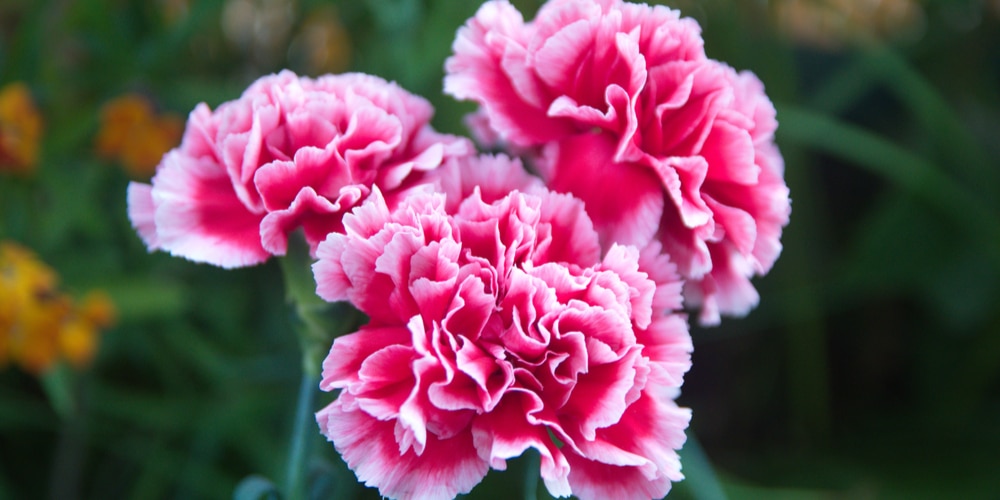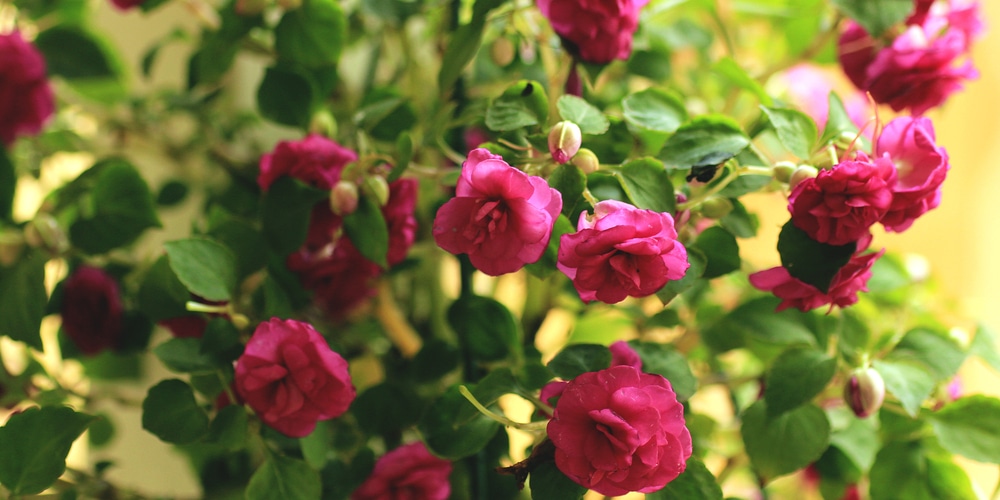Roses are one of the most popular and well known flowers across the world. Most types of roses come in any and all types of colors that you can think of and are native to Asia. let’s look at the most common flowers that look like roses.
Flowers that look like roses
Despite how common roses are it is also incredibly easy to mistake them for other flowers. Here are ten types of flowers that look like roses but most definitely aren’t!
Lisianthus
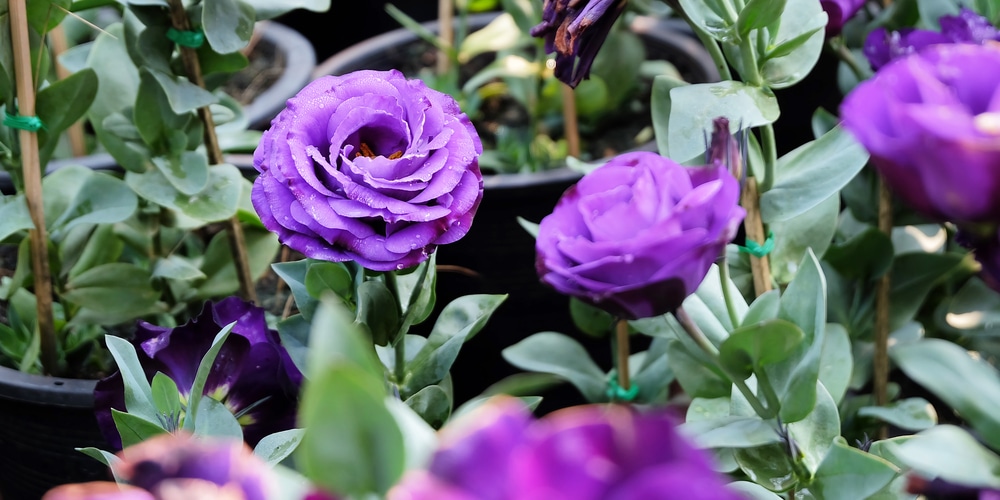
Lisianthus is a bell shaped flower native to North America that usually comes in varying shades of pink, purple and white. This flower requires full sun exposure and moist but well drained soil in order to properly thrive.
These flowers are popular replacements to roses when it comes to floral arrangements. They usually bloom in the early or mid summer and live until the first frost if looked after properly.
Camellia
Camellia flowers are usually found in considerably sized shrubs and range in varying shades of red, pink and even yellow. The foliage surrounding them is a beautiful and vibrant evergreen.
The blooming season for this flower begins in late autumn and lasts until around mid spring. In order for them to flourish, camellias require partial or full shade and acidic, very well drained soil.
Ranunculus
The ranunculus is a delicate but beautiful type of flower that comes in a range of colours varying from creamy yellows to deep burgundies. Ranunculus grows properly in both acidic and alkaline soil that is well drained.
They require either partial shade or full sunlight exposure and their blooming season starts in the late spring and comes to an end in the early summer.
Gardenia
Gardenia flowers are usually white and may have a bright yellow centre. They have deep, glossy evergreen leaves and form small shrubs. Their blooming season usually begins in the late spring and comes to a close in the late summer or possibly even late fall.
They require well drained, rich soil with a pH 5.0 and 6.5 as well as either light shade or full exposure to the sunlight.
Begonia
Begonias are fast growing flowers with beautiful and bright green leaves. They come in a large selection of colours such as red, orange, pink and yellow.
Their blooming season begins in the early summer and usually lasts until the first frost. Begonias require acidic or neutral, well drained soil as well as partial shade in order to properly thrive.
Peonies
Peonies are fragrant flowers that vary in shades of purple, pink, red, white and yellow. Their blooming seasons begin in the middle of spring and come to a close in early summer. Peonies require either full sun exposure or partial shade and fertile, free draining soil.
Dahlia
Dahlias are vibrant flowers that often resemble either roses or water lilies. They have a warm colour palette of both deep and bright red, oranges, pinks and yellows. Dahlias require full exposure to sunlight and well drained, fertile soil. Their blooming season begins in early or mid summer and lasts until late fall or first frost.
Carnations
A carnation flower is a single flower with a lengthy stem. Carnations can come in varying shades of pink, white, red and sometimes even yellow.
Their blooming season begins in the late spring and can last until late summer. Carnations require full sun exposure as well as somewhat alkaline, fertile and well drained soil.
Double Dianthus
Double dianthuses are tall and fragrant flowers. They often come in shades of pink, red and possibly white. The double dianthus blooming season begins in the late spring and can often last until last summer. Double dianthuses require full sunlight exposure or partial shade and some moist but well drained soil.
Double Impatiens
Double impatiens are bright flowers that have a very close resemblance to roses and are usually 6 to 24 inches tall. They come in different shades of orange, pink, purple, red and white.
Their blooming season begins either in the late spring or early summer and continues through until early to mid fall. Double impatiens can grow well under almost any lighting, whether that be full shade, full sun or partial shade. They require fertile, well drained soil and can adapt well under neutral, acidic or even slightly alkaline soil.
Related Article: Do Bees Like Roses?
